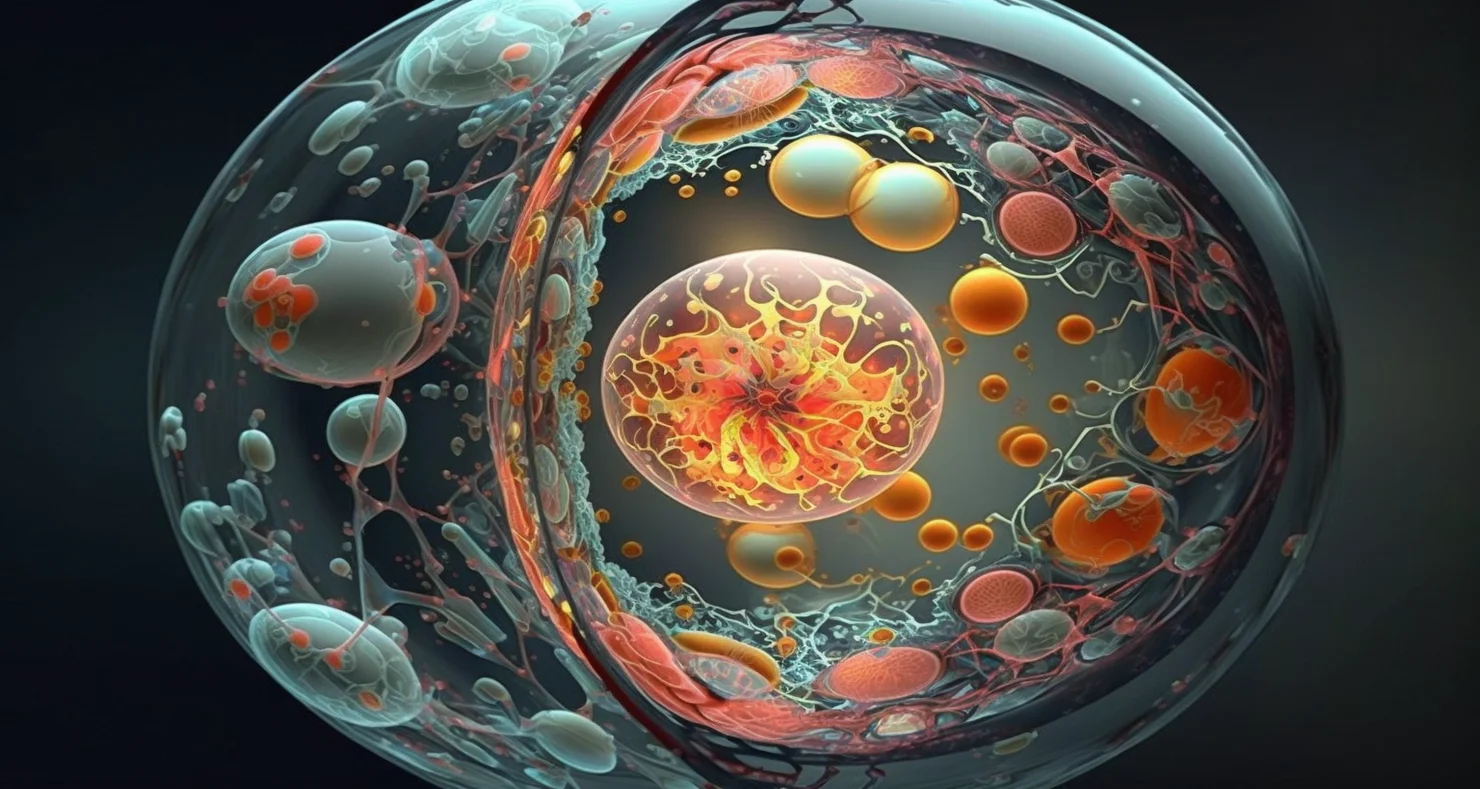Cell reprogramming is the process of transforming one type of cell into another, typically by altering the expression of key genes. This technology has many potential applications in the fields of medicine and biotechnology, such as generating patient-specific cells for use in regenerative therapies, producing disease models for drug screening, and creating tissues for transplantation. In this article, we will explore the concept of human cell reprogramming and provide some examples of how this technology is being used today.

The basic idea behind CR is to take a mature, differentiated cell and “turn back the clock” to a more primitive, pluripotent state. This can be accomplished using a variety of techniques, but the most commonly used method involves the introduction of transcription factors – proteins that bind to DNA and control gene expression. By expressing specific combinations of transcription factors, scientists can reprogram a cell’s gene expression profile to resemble that of an embryonic stem cell (ESC), which has the ability to differentiate into any cell type in the body.
One of the most famous examples of human cell reprogramming is the creation of induced pluripotent stem cells (iPSCs), a technology that was first developed in 2006 by Shinya Yamanaka and his team at Kyoto University. Yamanaka and his colleagues discovered that by introducing just four transcription factors (Oct4, Sox2, Klf4, and c-Myc) into adult skin cells, they could reprogram them to an ESC-like state. iPSCs have since become an important tool for research, as they offer a limitless source of patient-specific cells for studying disease mechanisms and testing potential therapies.
Another example of human cell reprogramming
is the generation of transdifferentiated cells, which are mature cells that have been directly converted from one cell type to another without going through a pluripotent intermediate. In 2014, a team of researchers led by Charles Murry at the University of Washington reported that they had successfully converted human fibroblasts (a type of skin cell) into functional heart muscle cells using a combination of transcription factors and small molecules. This technology has the potential to revolutionize the field of regenerative medicine by allowing doctors to generate replacement tissues from a patient’s own cells.

In addition to iPSCs and transdifferentiated cells, there are many other types of reprogrammed cells that are being developed and studied. For example, researchers are working on generating neural stem cells from skin cells for use in treating neurological disorders, as well as reprogramming immune cells to fight cancer. The possibilities are virtually limitless, and the field of cell reprogramming is constantly evolving.
Despite the many potential benefits of cell reprogramming, there are also some challenges that must be addressed before this technology can be widely used in the clinic. One major concern is the safety of reprogrammed cells, as there is always the risk of abnormal growth or immune rejection. Researchers are also working to optimize the reprogramming process to make it more efficient and reliable.
In conclusion,
human cell reprogramming is a powerful technology with many potential applications in medicine and biotechnology. By reprogramming mature cells to a more primitive, pluripotent state, scientists can generate a wide range of cell types for use in research and therapy. While there are still many challenges to be overcome, the field of cell reprogramming is advancing rapidly, and we can expect to see many exciting developments in the years to come.













